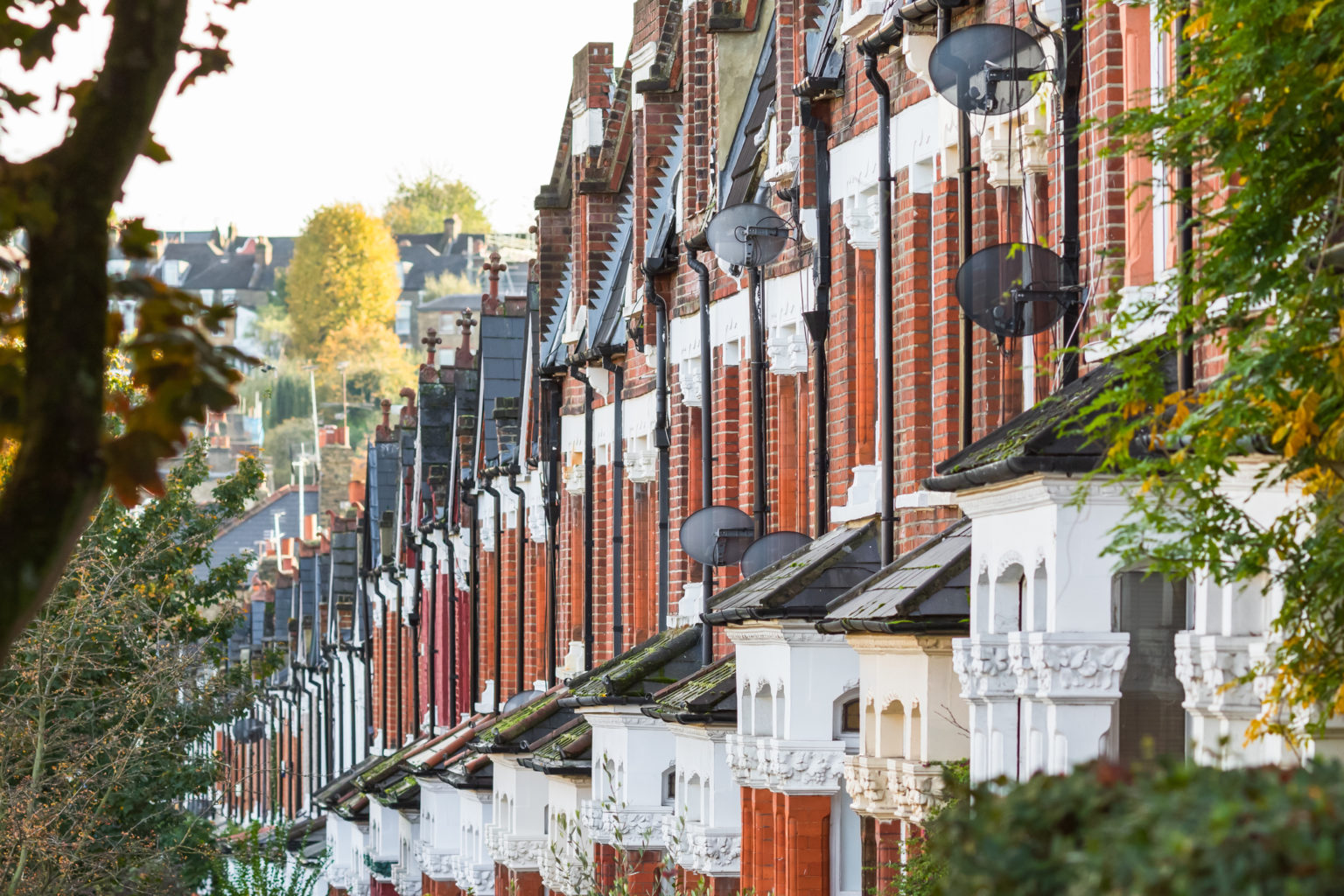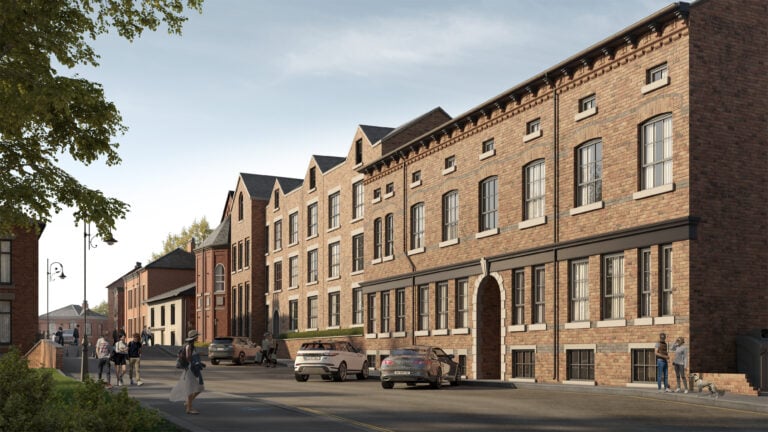This year the UK property market has seen sales ramp up across most regions, but certain cities are leading the way and they’re mainly in the North and the Midlands.
Spurred on by improving mortgage rates, faster wage growth and a more stable economic outlook, property investors and homebuyers have been increasingly active over the course of 2024 after a slower 2023.
This has already led to some healthy growth in house prices, with the latest figures from Nationwide revealing that values increased at the fastest pace in nearly two years in November, at a rate of 3.7% annually.
And the number of property transactions could be set to climb even further since Chancellor Rachel Reeves made changes to stamp duty for second homebuyers – which could lead to a rush of property investors looking to finalise purchases before the start of April.
Now, new research from GetAgent has honed in on the UK’s major cities that have seen particularly solid performance when it comes to property sales over the course of this year (between January and October). It has ranked each of the country’s major cities, with the top nine all being in the North or the Midlands.
Where are 2024’s property hotspots?
GetAgent’s report looked at the total number of homes that have sold as a proportion of all the stock listed for sale, and compared this to the start of the year in order to rank which cities have seen the strongest growth.
Colby Short, co-founder and CEO, pointed out that, as the year has progressed, “momentum has been building” in the UK housing market, with more buyers entering the market and more deals therefore being done. This means Great Britain as a whole has seen a 5.1% rise in sales.
At the top of the list, Sunderland in the North East saw the biggest jump in the number of transactions, at 9.8%. GetAgent notes that half of all properties for sale across the city have found a buyer, which is almost 10% higher than in January.
Next is Leicester in the Midlands, with a hefty 8.7% rise in property sales, followed closely by Liverpool in the North West with 8.1% growth.
Sticking to the North and Midlands, as well as Scotland, the next cities on the list were Newcastle (+7%); Leeds (+6.3%); Edinburgh (+6.1%); Sheffield (+5.7%); Birmingham (+4.5%); Bradford (+4.4%).
At the bottom of the list were Aberdeen, where sales volumes have only risen by 0.2%, as well as Portsmouth with a 1.5% uptick, and Southampton with 2.2%.
What’s the outlook?
Most market forecasts are predicting further growth over the course of 2025, with the expectation that inflation levels will remain close to the target 2%, and that the Bank of England will bring interest rates down at its upcoming meetings; both of which should improve affordability.
Colby Short of GetAgent added: “It’s clear that as the year has progressed, momentum has been building and this is evident given the fact that every single major city analysed has seen an increase in buyer demand levels since January.
“With the government deciding not to extend current stamp duty relief thresholds beyond 31st March next year, we anticipate that buyer interest will only climb further and this sets us up for a very busy end to 2024 and an even busier start to 2025.”
Robert Gardner, Nationwide’s chief economist, said: “Gauging the underlying strength of the market will be more difficult in the coming months as the upcoming stamp duty changes will provide an incentive for buyers to bring forward house purchases to avoid paying additional tax.
“This is likely to lead to a jump in transactions in the first three months of 2025 (especially in March) and a corresponding period of weakness in the following three to six months, as occurred in the wake of previous stamp duty changes. This has the potential to shift the demand/supply balance in the near term and impact price movements.
“But, providing the economy continues to recover steadily, as we expect, the underlying pace of housing market activity is likely to continue to strengthen gradually as affordability constraints ease through a combination of modestly lower interest rates and earnings outpacing house price growth.”










